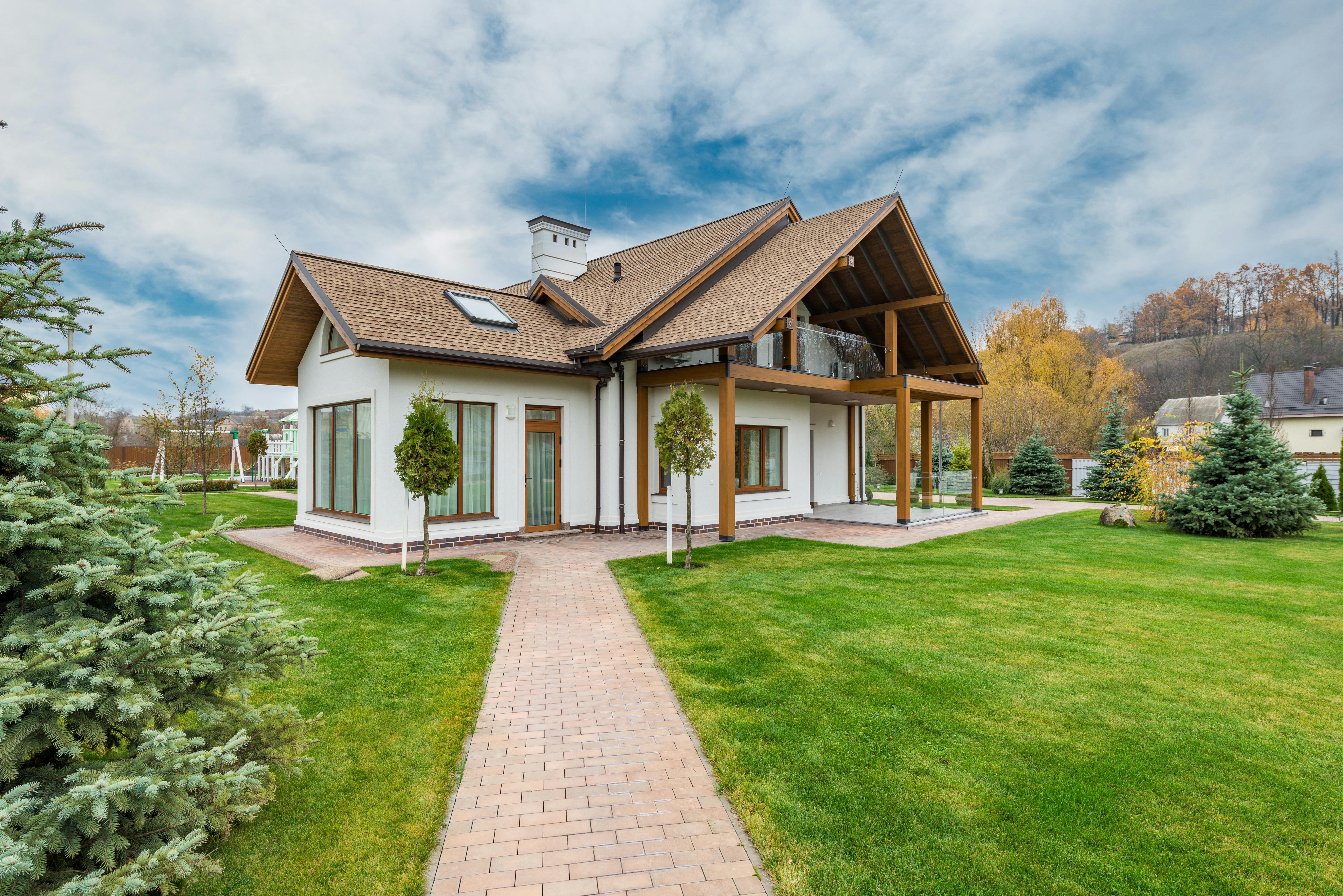A keyhole garden is an easy and efficient way to grow vegetables and herbs in a small space. It is a great option for people who have limited access to land, or who are looking to maximize their garden footprint. Keyhole gardens are simple to construct and can be easily adapted to your environment. With the right materials, you can begin building your own keyhole garden in no time. In this guide, we will provide step-by-step instructions on how to build a keyhole garden.A Keyhole Garden is a type of circular raised bed garden, which is designed to conserve water and maximize the amount of organic matter in the soil. It is typically around 4-6 feet in diameter and stands about 1-2 feet high. It consists of a center composting basket surrounded by concentric rings of soil, with a path leading to the center. The composting basket acts as a nutrient source for the vegetables planted in the soil and helps to retain moisture. This gardening technique is especially beneficial in areas with limited rainfall or dry climates.
Environmental Benefits of a Keyhole Garden
Keyhole gardening is an innovative, efficient, and eco-friendly way to grow your own food. It is an adaptation of the traditional African method of gardening, which has been used for centuries in dry climates. Keyhole gardens are self-contained raised beds with a central composting area, allowing for better soil retention and easier harvesting. These gardens are also highly efficient in terms of water usage and are designed to maximize the use of natural resources such as sunlight and rainwater. The environmental benefits associated with keyhole gardening include improved soil health
Materials Needed to Build a Keyhole Garden
A keyhole garden is a self-sustaining raised bed that utilizes composting and water conservation techniques to create an efficient and productive garden. To build one, you will need the following materials:
First, you will need soil and compost. Choose a soil that has good drainage, such as sandy loam or clay loam. Add compost to the soil in order to increase the organic matter content and create a more fertile environment for plants.
Preparing the Site for Your Keyhole Garden
Creating a keyhole garden is an excellent way to maximize the potential of a small garden space. But before you can start planting, you need to make sure your site is properly prepared. Here are some tips for preparing the site for your keyhole garden:
The first step in preparing the site for your keyhole garden is to find a sunny location that gets at least six hours of direct sunlight per day. Once you’ve identified the best spot, you’ll need to clear
https://images.pexels.com/photos/14937400/pexels-photo-14937400.jpeg
Building the Structure of Your Keyhole Garden
Constructing the structure of a keyhole garden is relatively simple and straightforward. It involves creating a raised bed, building a compost bin in the center, and lining it with a waterproof membrane. To begin, you’ll need to decide where you want your garden to go. Choose an area that gets at least 6-8 hours of direct sunlight per day and is near a water source. Then measure out the space for your raised bed, taking into account how much soil you’ll need for planting.

Adding Compost to Your Keyhole Garden
Compost is an essential component of a keyhole garden as it helps to keep the soil healthy and full of nutrients. Adding compost to your keyhole garden is easy and can be done in a few simple steps. First, you’ll need to gather the necessary materials. You’ll need a tarp or sheet of plastic, some compost, and something to spread the compost with, such as a shovel or rake. Once you have everything ready, you can begin adding the compost to your keyhole garden.
<
Planting Vegetables and Herbs in Your Keyhole Garden
Keyhole gardens are an excellent way to grow fresh vegetables and herbs in your own backyard. With the right soil, sunlight, and water, you can enjoy a bountiful harvest from a keyhole garden year-round. Here are some tips for planting vegetables and herbs in your keyhole garden.
The first step is to select the right type of soil for growing vegetables and herbs in your keyhole garden. The soil should be loose, well-drained, and rich in
Creating Pathways and Borders Around Your Keyhole Garden
Creating pathways and borders around your keyhole garden is an important step in establishing a functional and aesthetically pleasing outdoor space. Pathways allow you to move around the garden without disturbing the soil or plants, while borders provide structure and definition to the garden. There are a few different ways to go about creating pathways and borders for your keyhole garden, depending on your preference and budget.
Brick or stone pathways are one of the most common options for creating pathways in a keyhole garden. Not only do they

Conclusion
A keyhole garden is an efficient way to make the most of a small garden space, making it easy to grow vegetables in an aesthetically pleasing manner. With the right materials and a bit of creativity, it’s relatively simple to build a beautiful keyhole garden that provides fruitful harvests for years to come. Keyhole gardens can also be used to create unique outdoor seating arrangements or as decorative additions to your outdoor living space. Whether you’re an experienced gardener or just starting out, building a keyhole garden is an enjoyable and rewarding experience
